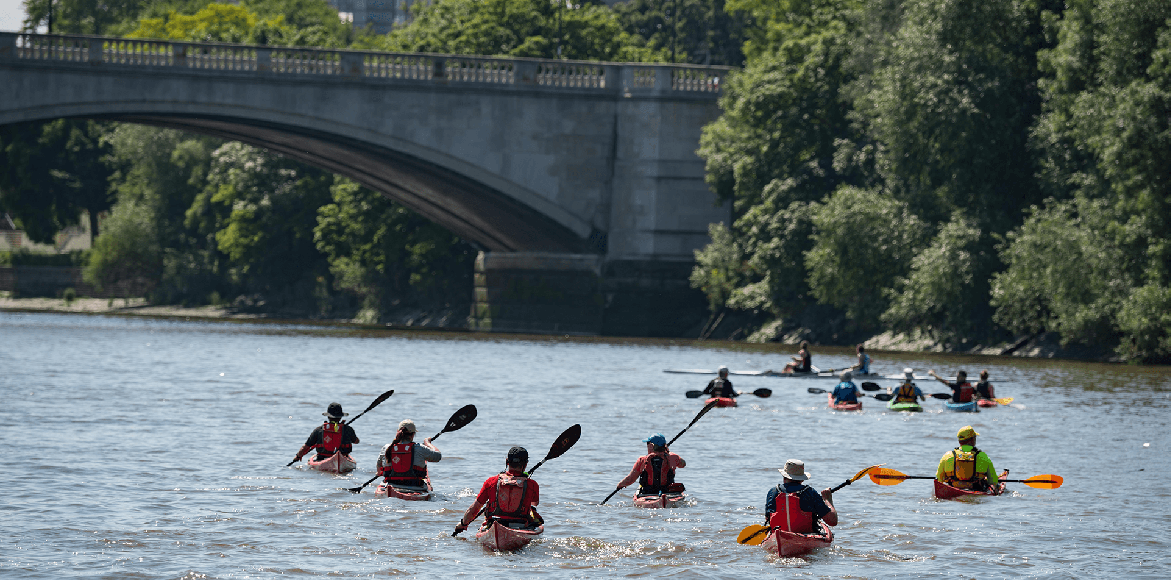16.07.2021
Staycation safety on the tidal Thames
 “Don’t underestimate the tidal Thames’ ability to claim lives.”
“Don’t underestimate the tidal Thames’ ability to claim lives.”
That’s the advice this summer, from river safety chiefs to staycation tourists and those tempted to cool off in its waters.
As the schools break up and families prepare to head for domestic attractions, rather than foreign beaches, due to the pandemic, the Tidal Thames Water Safety Forum* (TTWSF) is keen to alert all river users to the need to prepare fully and stay alert, when on or by the tidal Thames.
Port of London Authority (PLA) harbour master Ryan Hall said: “The Thames is a great all-year-round destination for relaxation and recreation, but holds hidden dangers that should be kept front of mind at all times, particularly by inexperienced or untrained users.
“With warmer weather forecast for the capital, it’s important to remember that the Thames’ waters remain chilly, whatever the season, and can cause anyone who plunges in to suffer heart seizure, known as cold water shock.
“The Thames also flows at a faster rate than an Olympic swimmer and is subject to a daily rise and fall of up to seven metres.
“The deep foreshore mud is a further hazard, subjecting anyone caught there to the power of the river’s rapid ebb and flow.”
On average the officers from the capital’s Marine Policing Unit attend over 20 incidents a week on the River Thames.
Anyone who finds themselves struggling in the waters of the tidal Thames this summer, should follow the RNLI’s Float to Live advice:
- Fight the natural instinct to thrash around.
- Lean back, extend your arms and legs; if needed, move them gently around, to keep your head above water.
- Float until you can control your breathing; only then call for help, or swim to safety.
Ryan Hall added: “Members of the public who spot someone in the river in trouble should call 999 immediately and ask for the coastguard, rather than attempt a rescue.
“The best way to help is to throw a life ring, if possible, keep a close eye on the person in trouble and wait for professional rescue personnel to arrive.
Further river safety advice is available on our website.
NOTES FOR EDITORS
- Chaired by the PLA, the TTWSF’s other members are: the RNLI, the Metropolitan Police, the London Fire Brigade, HM Coastguard, the London Ambulance Service, the City of London Corporation, Transport for London and the City of London Police.

